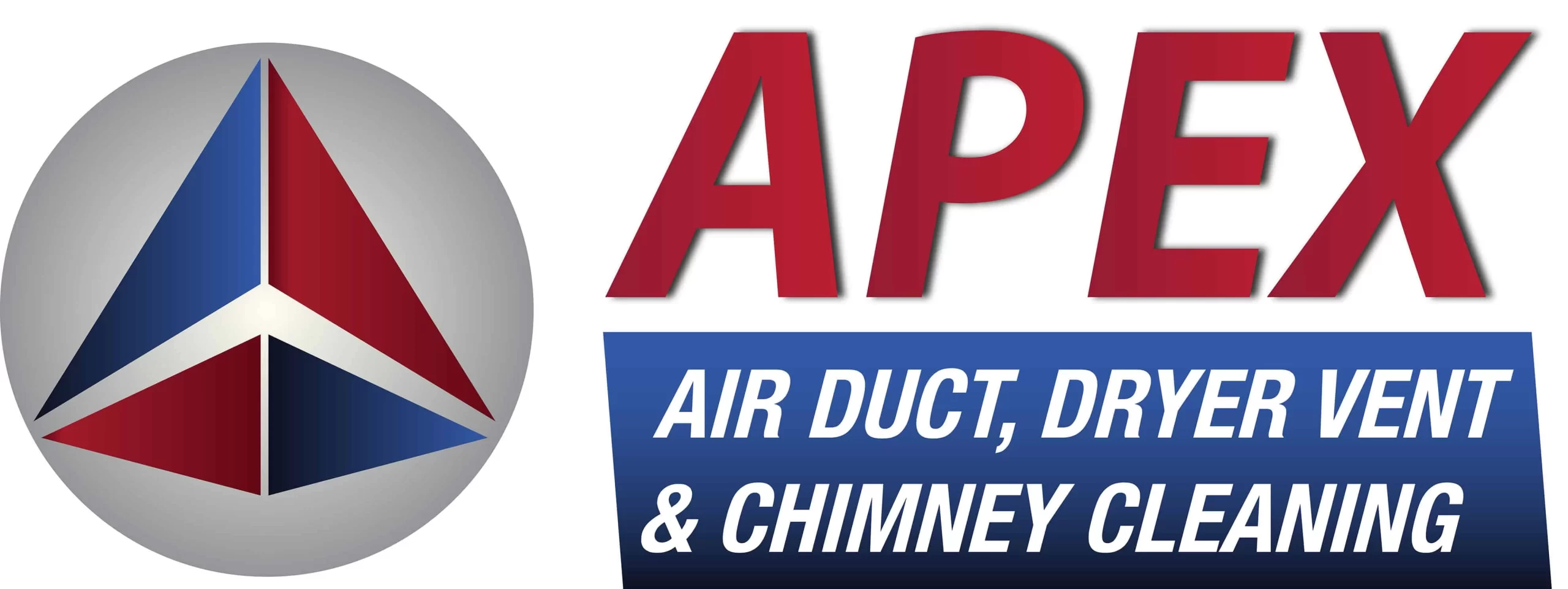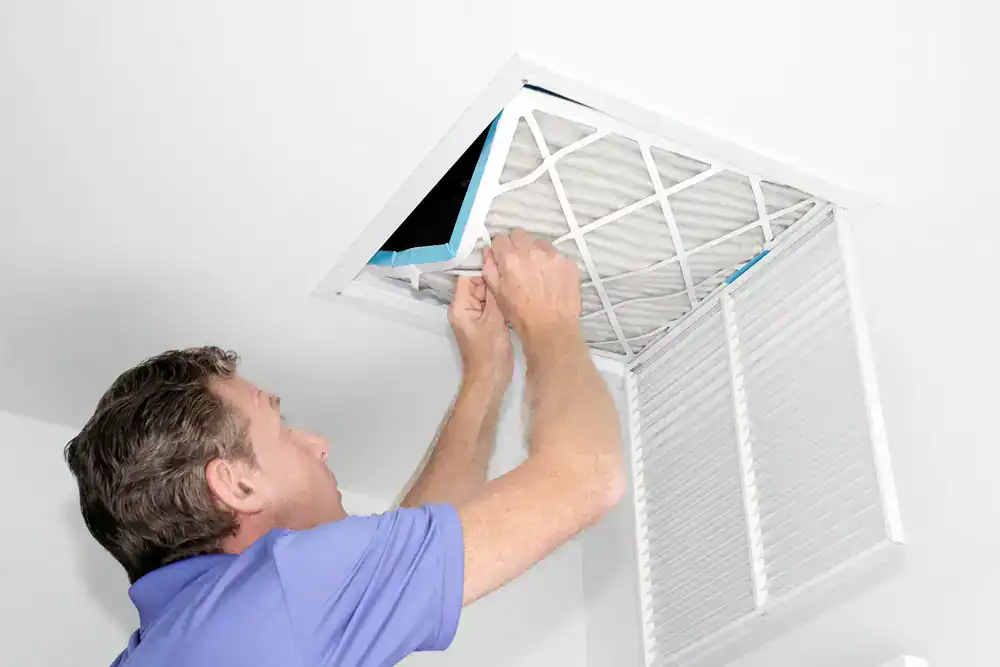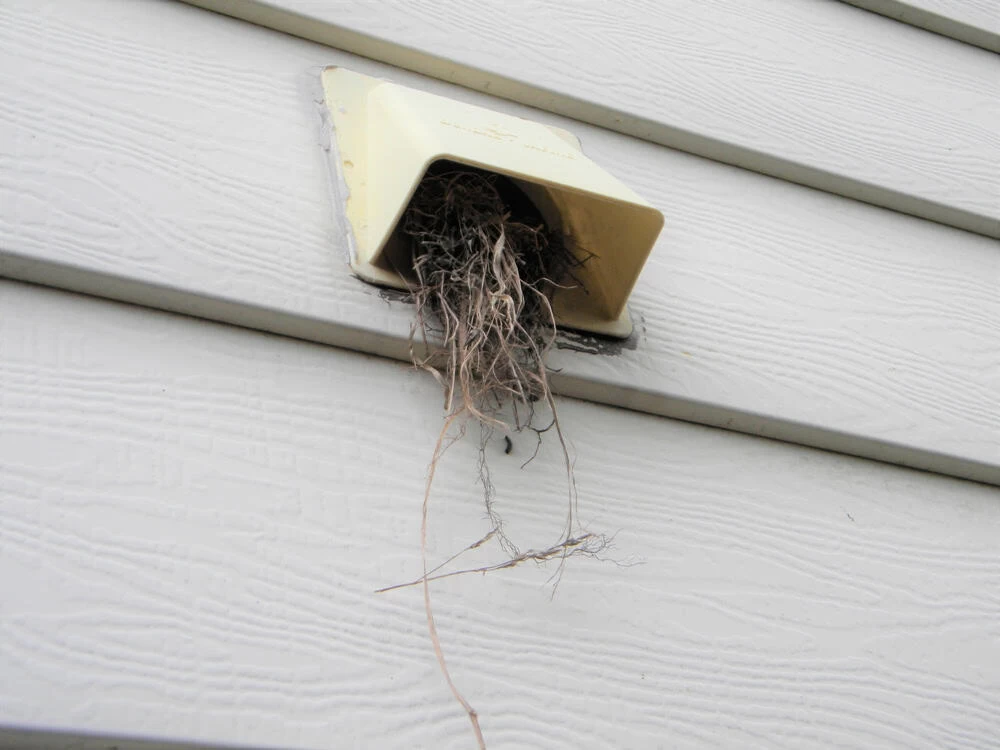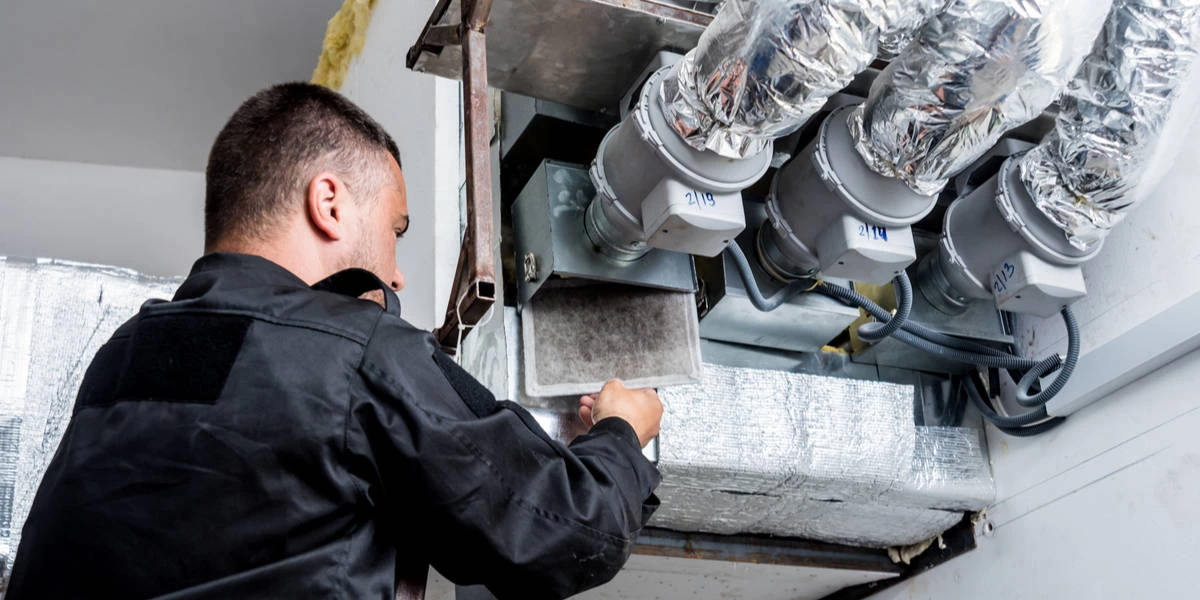Summary:
Understanding Creosote: The Hidden Fire Hazard in Your Chimney
The most common pitfall of wood-burning heating is creosote – a tarry byproduct that coats chimney flues over time and can ignite, causing most chimney fires that quickly become structure fires. Think of creosote as your chimney’s biggest enemy. Every time you burn wood, this dark, sticky substance builds up on your chimney walls.
Creosote forms when unburned wood particles, fly ash, and volatile gases combine as they try to escape through your chimney, often condensing on walls when there’s poor draft. During New Jersey’s coldest months, temperature differences between your hot flue and freezing outdoor air create perfect conditions for this dangerous buildup.
How Much Creosote Buildup Becomes Dangerous
Here’s what most homeowners don’t realize: even 1/8 inch of creosote is dangerous and should be professionally removed, according to the Chimney Safety Institute of America. You can’t see this buildup from your living room, which makes it particularly treacherous.
When creosote undergoes pyrolysis from continued heat exposure, it transforms into bubbly deposits or develops a shiny, tar-like appearance that conventional sweeping cannot remove – requiring chemical treatments to break down. This glazed-on stage represents the highest fire risk.
Professional technicians recognize three stages of creosote. Stage one appears as loose, flaky soot that brushes away easily. Stage two becomes tar-like and harder to remove. Stage three turns into a concentrated fuel that resembles hardened tar – extremely difficult to remove and highly combustible. This highly combustible substance clings to flue liners and becomes the leading cause of chimney fires.
The danger multiplies during winter’s peak heating months. You’re burning fires more frequently, creating more creosote. Cold outdoor temperatures cause greater temperature differentials in your flue, promoting faster creosote condensation. Creosote builds with use, then catches fire during strong updraft conditions, with dry flakes igniting quickly within narrow spaces and causing sudden roaring flames.
Warning Signs Your Chimney Has Dangerous Creosote Buildup
You should schedule professional creosote removal if you notice excessive smoke from your fireplace, strong unpleasant odors when the fireplace isn’t in use, difficulty starting fires or maintaining proper draft, or visible black tar-like deposits inside your chimney.
Pay attention to white staining on your chimney’s exterior – this efflorescence indicates moisture problems that can worsen creosote conditions. If your damper feels sticky or doesn’t open smoothly, creosote may be interfering with its operation. Animals or birds avoiding your chimney area sometimes signal strong creosote odors that repel them.
During active fires, watch for unusual sounds. Dense, dark smoke pouring from your chimney or backing up into your home indicates potential problems that demand immediate attention. Crackling or rumbling noises different from normal fire sounds can signal creosote ignition within your flue.
Your nose provides another warning system. Creosote produces a distinct, acrid smell that intensifies during temperature changes. This odor often becomes stronger during humid weather or when your heating system cycles on and off. If family members complain about unusual smells near your fireplace, take it seriously.
Temperature changes around your fireplace also indicate problems. If the area around your chimney feels unusually warm to the touch, or if you notice heat radiating through walls near your flue, creosote may be restricting proper airflow and creating dangerous heat buildup.
Professional Chimney Safety Inspections: New Jersey Requirements
New Jersey law mandates chimney inspections at least once per year by qualified professionals, following NFPA 211 standards that require chimneys, fireplaces, and vents be inspected annually for soundness, freedom from deposits, and correct clearances. This isn’t just a suggestion – it’s a legal requirement designed to protect lives and property.
The New Jersey Uniform Construction Code requires chimney certification for replacement of fuel-fired equipment, with homeowners responsible for ensuring chimney safety before installing new furnaces, boilers, or water heaters. Understanding these requirements helps you stay compliant and safe.
The Three Levels of Professional Chimney Inspections
Professional chimney inspections follow standardized levels that determine the thoroughness of examination your system receives. Level 1 inspections examine readily accessible exterior and interior portions when you haven’t noticed performance changes, checking all accessible components including damper, firebox, smoke chamber, cap, crown, and masonry elements.
Level 2 inspections are required upon property sale or transfer, and whenever system changes occur like fuel type changes, chimney relining, furnace replacement, or new appliance installation. These inspections use video cameras to examine hard-to-reach areas and provide comprehensive documentation.
Level 3 inspections represent the most detailed examination, only required when serious problems need immediate attention, often requiring component removal for better access to heating systems, interior walls, flue pipes, chimney crowns, or masonry. This level typically follows chimney fires or major structural concerns.
Home inspectors aren’t required to inspect interior chimney flues according to the American Society of Home Inspectors, as these areas fall outside standard visual inspection scope, making specialized chimney inspections essential for property transfers. This gap in standard home inspections makes professional chimney evaluation critical for buyer protection.
What Professional Inspections Reveal About Fire Prevention
Licensed chimney sweeps and qualified masons examine flues and chimney stonework for cracks or leaks that could cause combustion gases to leak into living areas, with similar inspections needed for coal, wood, or pellet-burning stoves, plus ensuring smoke alarms and carbon monoxide detectors provide proper protection.
Professional inspections identify structural issues that homeowners can’t see. The continuous freeze-thaw cycle during winter causes chimneys to develop cracks or structural problems that contribute to fires and other hazards. Trained technicians spot these problems before they become dangerous.
Certified professionals also evaluate your chimney’s draft performance. Poor draft creates conditions that promote creosote formation and can cause smoke to enter your living space instead of venting properly outdoors. We check for obstructions like bird nests, debris, or damaged components that restrict airflow.
Water damage assessment forms another crucial inspection component. Inspectors examine masonry for water damage signs and check chimney liners for potential creosote buildup. Water infiltration accelerates chimney deterioration and creates conditions that worsen creosote problems.
Your chimney cap and crown receive special attention during professional inspections. Properly installed chimney caps, usually constructed of stainless steel that doesn’t rust, keep out rain, birds, raccoons, squirrels, leaves, and other debris that could obstruct flue gas flow. Missing or damaged caps allow moisture and animals to create serious problems.
Protecting Your Home Through Professional Prevention
Don’t wait for warning signs to appear – preventive maintenance is your best defense against chimney fires and the devastating damage they can cause. The coldest months ahead will test your chimney system like no other time of year. Professional creosote removal, comprehensive safety inspections, and proper maintenance create the foundation for safe winter heating.
The best way to prevent problems is having your chimney checked and cleaned before heating season begins, with licensed professionals examining flue and chimney stonework for any cracks or leaks. When you choose the right professionals, you’re investing in your family’s safety and your home’s protection.
For New Jersey homeowners serious about chimney fire prevention, we at Apex Air Duct Cleaning & Chimney Services provide the expertise and certifications that ensure comprehensive protection throughout the coldest months of the year.




